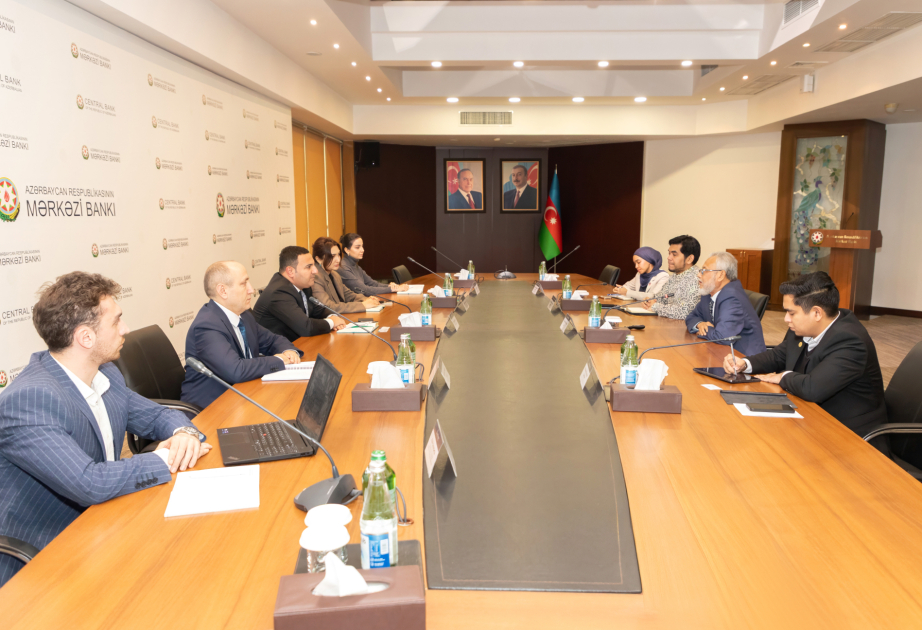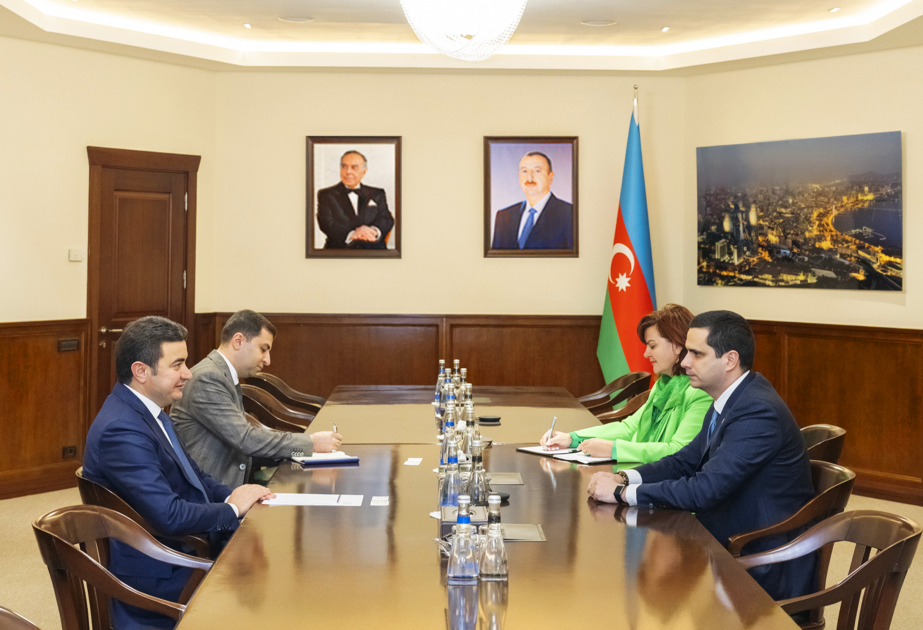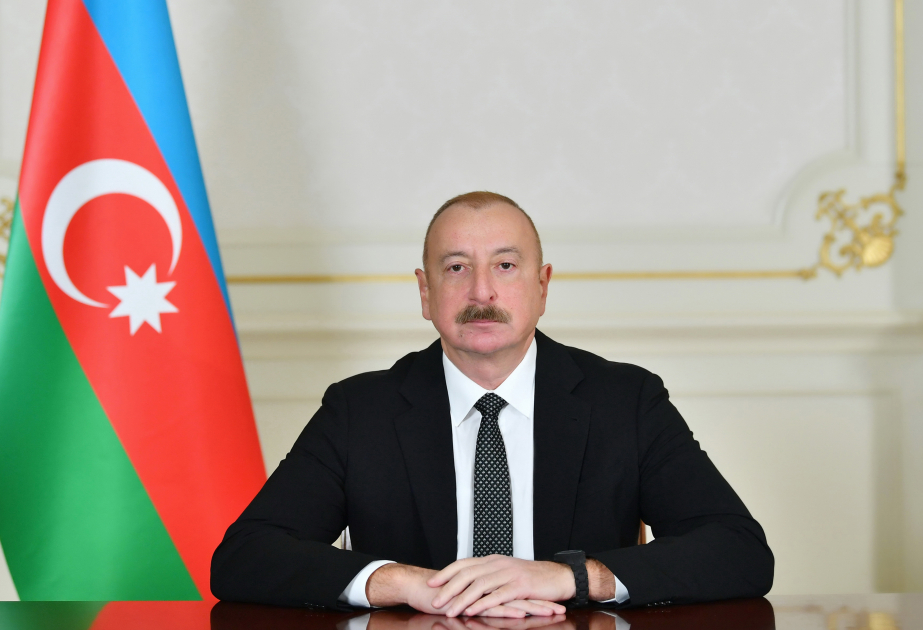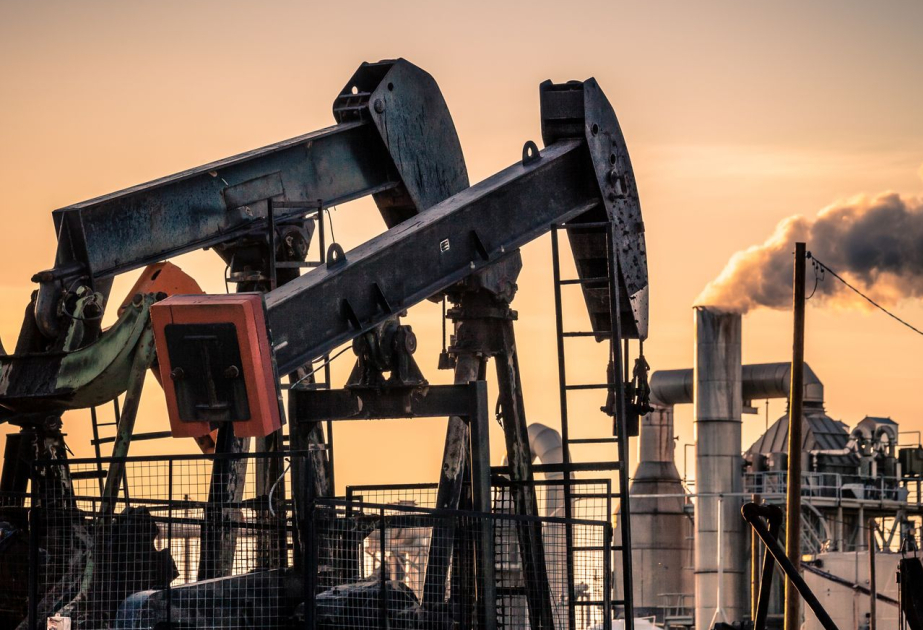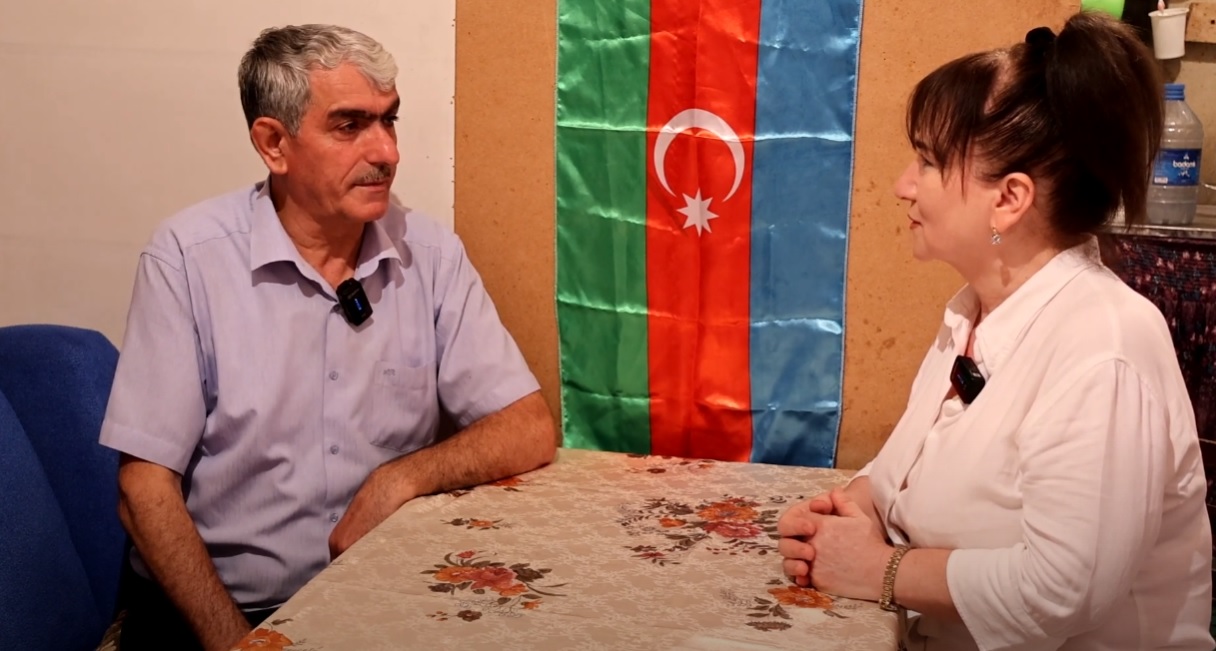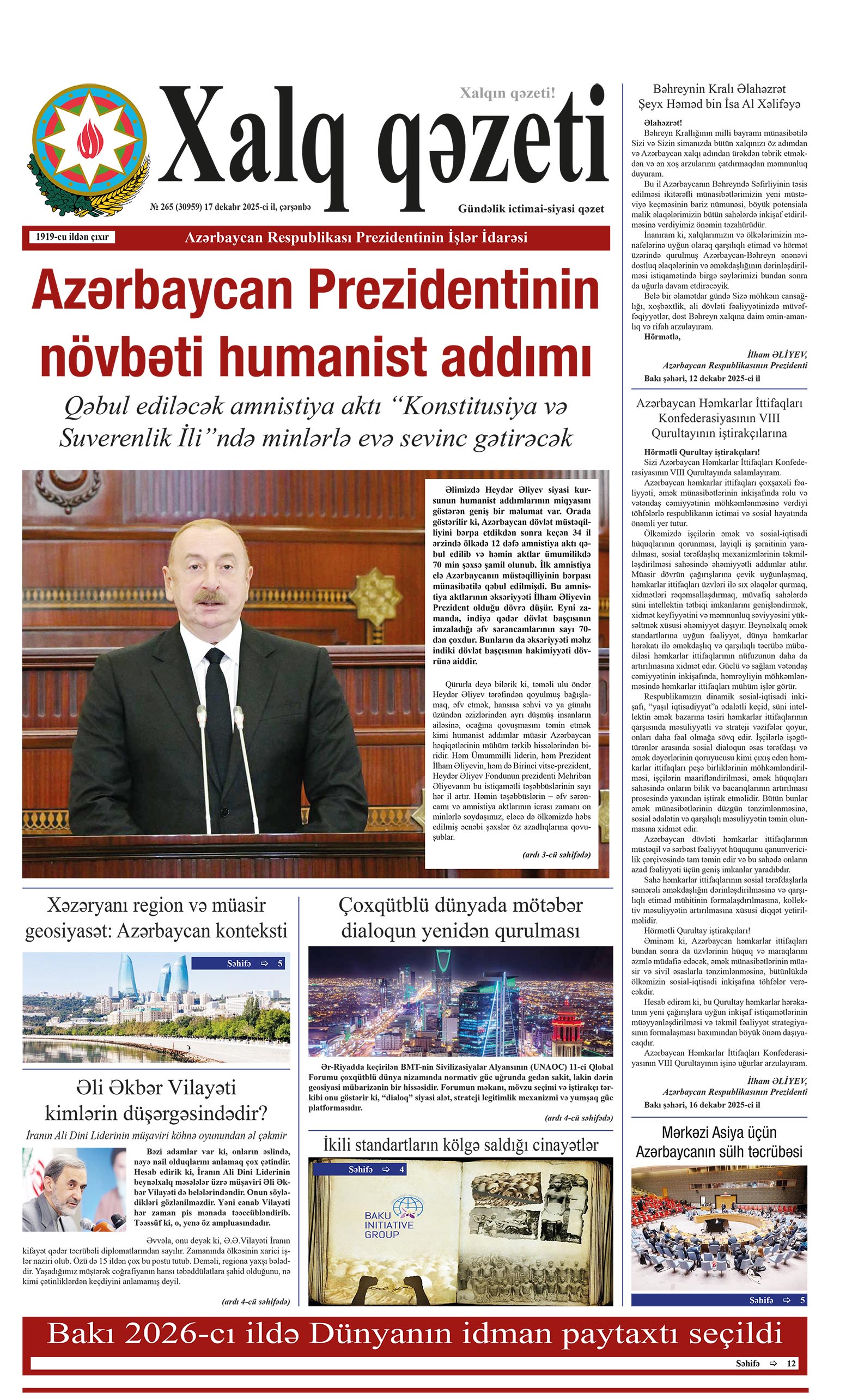The World Bank forecasts Azerbaijan's GDP to grow by 2.7% in 2025 and 2.4% in 2026, according to the January edition of the bank's Global Economic Prospects, Report informs.
The World Bank's forecasts remained unchanged compared to October estimates. According to the report, Azerbaijan's economy grew by 4% in 2024, which is significantly higher than the 1.1% figure in 2023.
Azerbaijan's Ministry of Economy forecasts the country's GDP to grow by 3.5% in 2025 and 2.8% in 2026. At the same time, according to the State Statistical Committee, the country's GDP grew by 4.1% in 2024.
According to the bank's forecasts, Growth in the South Caucasus is projected to weaken to 3.9 percent in 2025 and 3.4 percent in 2026.
“Risks to the outlook remain tilted to the downside. Global policy uncertainty persists due to potential adverse policy shifts, especially regarding global trade. Substantial uncertainty around the evolution of Russia’s invasion of Ukraine remains a key risk, while elevated regional inflation and severe climate events could further weigh on growth prospects,” the World Bank notes.
The World Bank cites the increase in trade restrictions in ECA countries as the next risk. Since early 2024, more than 585 restrictive measures have been introduced by ECA economies.
According to the report's authors, inflation risks are associated with increasing service costs, dependence on energy resources, and delays in disinflation.
Military expenditures surged across the region, rising to 4 percent of GDP in 2023—double the average for 2010-21. The increase was particularly pronounced in Ukraine, where defense expenditures accounted for about a third of its GDP in 2023, and in Russia.
The World Bank believes that Weaker-than-expected growth in Russia have a significant impact on Central Asia and the South Caucasus, primarily through reduced remittance inflows. For example, in Tajikistan, remittances account for about 40% of GDP, making the country particularly dependent on the economic situation in Russia. For example, in Tajikistan, remittances account for nearly 40 percent of GDP—one of the highest ratios in the world, with most inflows originating from Russia.
"Climate-change-related risks remain a significant challenge for ECA, with approximately 21 percent of the region’s population exposed to droughts—one of the highest rates in the world," the report states.



